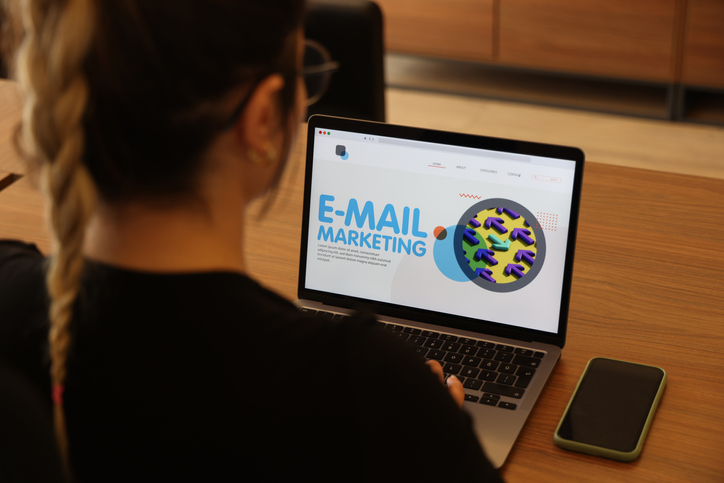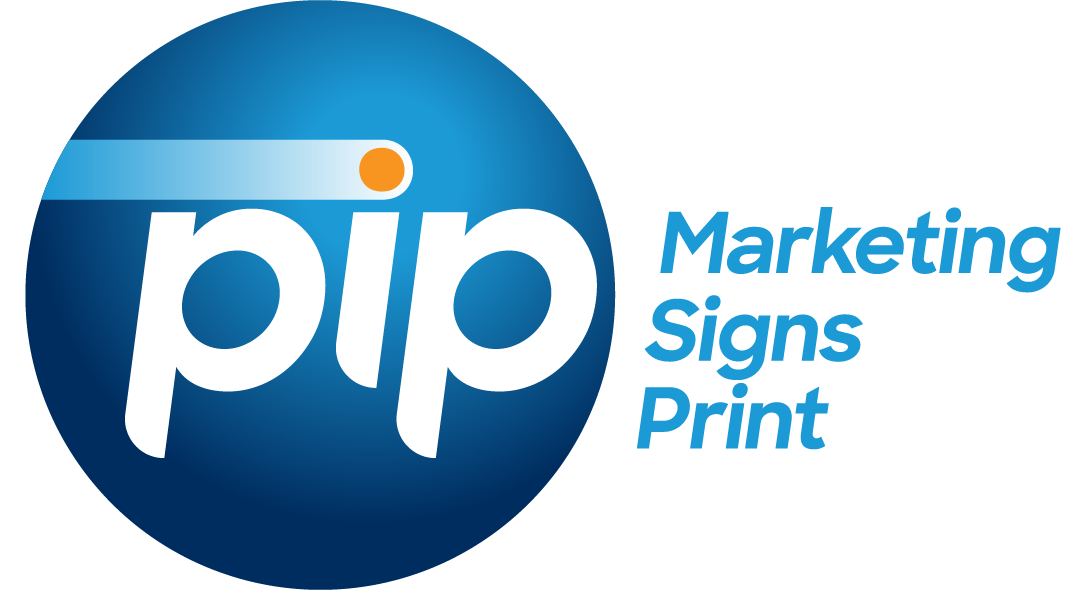Blog Post | Oct 04, 2022
Read All About It: Headline Formulas to Get Content Read
Writing headlines is one of the trickiest challenges for marketers—you need to get your communication read, make an impact on the audience and generate leads. Fortunately, instead of reinventing the wheel every time, there are hundreds of proven formulas available to choose from! This article looks at five popular headline formulas and explains their value to marketers.

The headline may be the most powerful element of any copy—email, social post or other. Headlines invite your readers to move forward and read the rest of your copy or click/turn elsewhere. The American Press Institute determined that only four in 10 Americans will read past a headline, while Copyblogger believes that number to be closer to two in 10.
Fortunately, many writers have developed headline formulas that work to improve engagement, limit bounces and draw readers in. And they can serve as inspiration for integrated marketers struggling to generate or increase responsiveness to a post, email or article. Here are five of the most popular formulas:
The Quantity (Numbers) Headline
This simple formula uses proof points like percentages or data to drive home the subject. For instance, it may invite you to “Join X million users on Y platform,” with the article delving into a case study, testimonial or other citation to support your headline claim. The formula is popular because it promises a provable, quantifiable value to what you’re selling. Numbers are also easily scannable and shareable, making your article more likely to get opened and your message spread.
The Timed Headline
By tying a customer pain point to a realistic timeframe, you encourage the audience to keep reading. Consider how often you’ve seen this type of message: “Do X in Just Y Days/Months.” This value-focused formula is popular because it is adaptable to your product or service, tells the readers that you know and understand their problems and have a plan that can be accomplished within a specific span of time. Of course, you must be able to support your claim, but the more specific you can be, the better.
The Desired Outcome Headline
Simple and straightforward, this formula clearly states the benefit your audience will receive by purchasing your product or service, “Receive X by Doing Y.” These headlines often use a how-to message (How to Improve Your Open Rate), cite social proof (The Tool Used by Over X Fortune 100 Companies) or encourage joining a movement (X Techniques to Build Y). Again, try to be specific and attainable. This is also a great opportunity to appeal to emotions and interests.
The Helping Headline
Essentially a value proposition statement, this headline formula promises to “Help X do Y.” This format works because it lets readers easily opt-in or opt-out based on the content. If it is a topic that interests them, they will need to keep reading to find out how your company can help them, reducing bounce rates and increasing engagement. These may look like “X Ways to Manage Y,” “How X Can Help You Improve Y” or “Eliminate X Without Y for Your Company.”
The Attention-Grabbing Headline
There are several formulas to help you create striking or persuasive headlines. For example, you may want to use “The Secret of X” to grab the reader’s attention, help them self-identify as a potential customer and explain a benefit of working with your company. These headlines may also be used to identify a problem that needs resolution, such as “X Ways to Excel With Y” or “Get Rid of X for Good.”
The next time you sit down to craft an effective headline, consider using one of these popular formulas. There’s a reason why they work: They draw readers in and empower them to act on their own needs and interests.
Fortunately, many writers have developed headline formulas that work to improve engagement, limit bounces and draw readers in. And they can serve as inspiration for integrated marketers struggling to generate or increase responsiveness to a post, email or article. Here are five of the most popular formulas:
The Quantity (Numbers) Headline
This simple formula uses proof points like percentages or data to drive home the subject. For instance, it may invite you to “Join X million users on Y platform,” with the article delving into a case study, testimonial or other citation to support your headline claim. The formula is popular because it promises a provable, quantifiable value to what you’re selling. Numbers are also easily scannable and shareable, making your article more likely to get opened and your message spread.
The Timed Headline
By tying a customer pain point to a realistic timeframe, you encourage the audience to keep reading. Consider how often you’ve seen this type of message: “Do X in Just Y Days/Months.” This value-focused formula is popular because it is adaptable to your product or service, tells the readers that you know and understand their problems and have a plan that can be accomplished within a specific span of time. Of course, you must be able to support your claim, but the more specific you can be, the better.
The Desired Outcome Headline
Simple and straightforward, this formula clearly states the benefit your audience will receive by purchasing your product or service, “Receive X by Doing Y.” These headlines often use a how-to message (How to Improve Your Open Rate), cite social proof (The Tool Used by Over X Fortune 100 Companies) or encourage joining a movement (X Techniques to Build Y). Again, try to be specific and attainable. This is also a great opportunity to appeal to emotions and interests.
The Helping Headline
Essentially a value proposition statement, this headline formula promises to “Help X do Y.” This format works because it lets readers easily opt-in or opt-out based on the content. If it is a topic that interests them, they will need to keep reading to find out how your company can help them, reducing bounce rates and increasing engagement. These may look like “X Ways to Manage Y,” “How X Can Help You Improve Y” or “Eliminate X Without Y for Your Company.”
The Attention-Grabbing Headline
There are several formulas to help you create striking or persuasive headlines. For example, you may want to use “The Secret of X” to grab the reader’s attention, help them self-identify as a potential customer and explain a benefit of working with your company. These headlines may also be used to identify a problem that needs resolution, such as “X Ways to Excel With Y” or “Get Rid of X for Good.”
The next time you sit down to craft an effective headline, consider using one of these popular formulas. There’s a reason why they work: They draw readers in and empower them to act on their own needs and interests.
